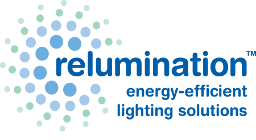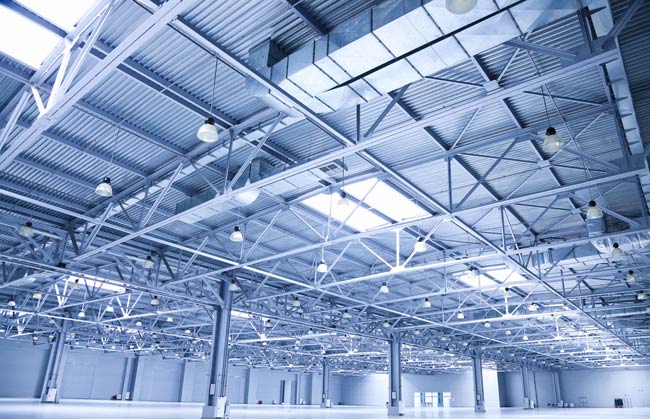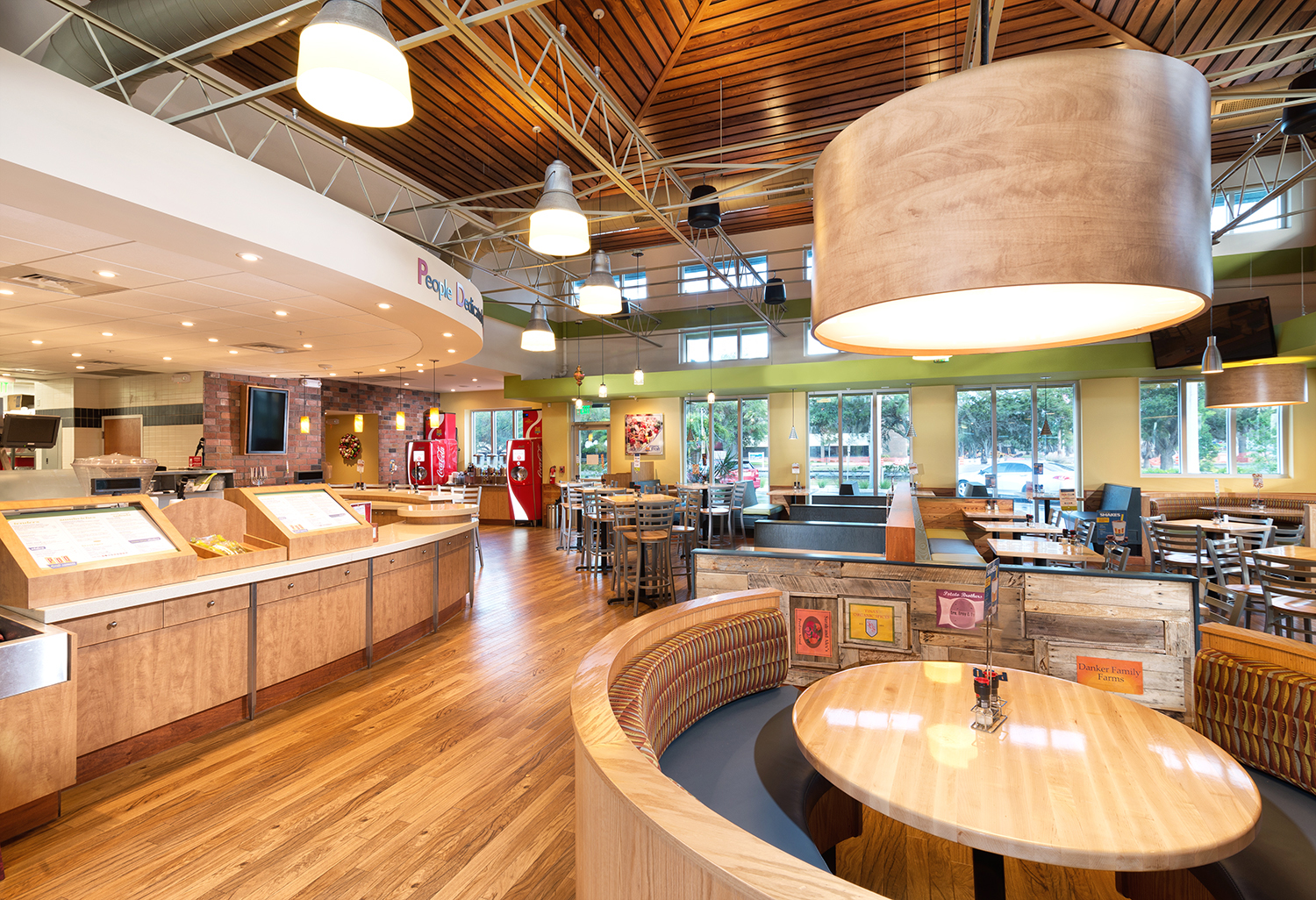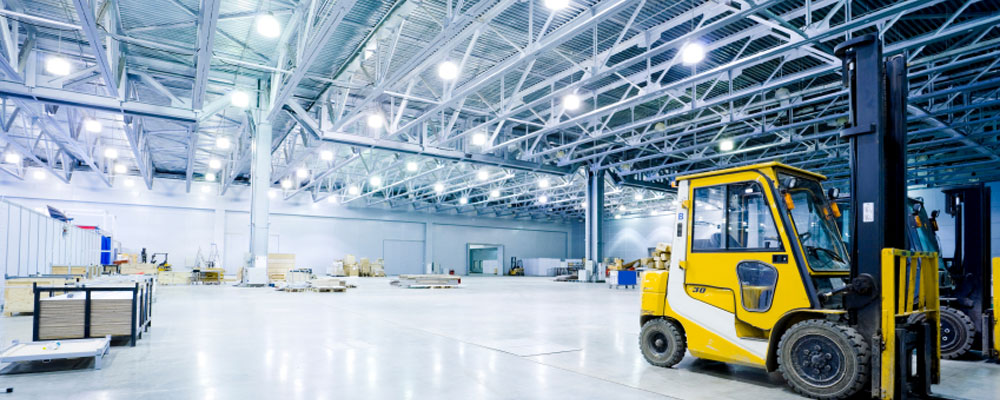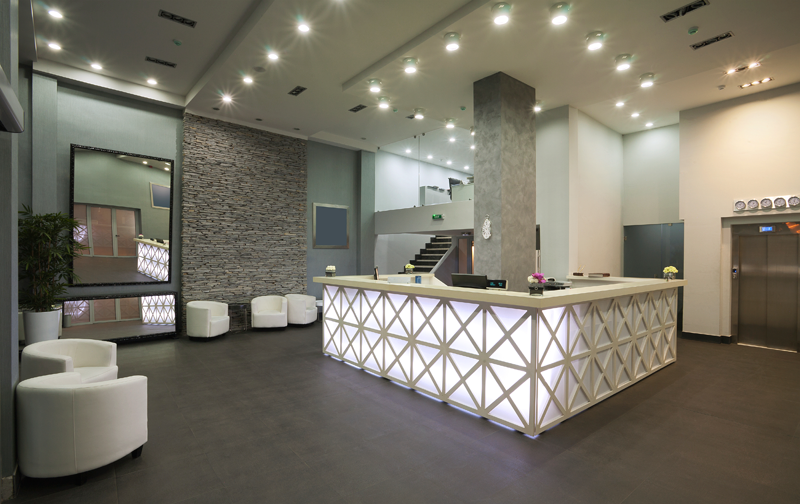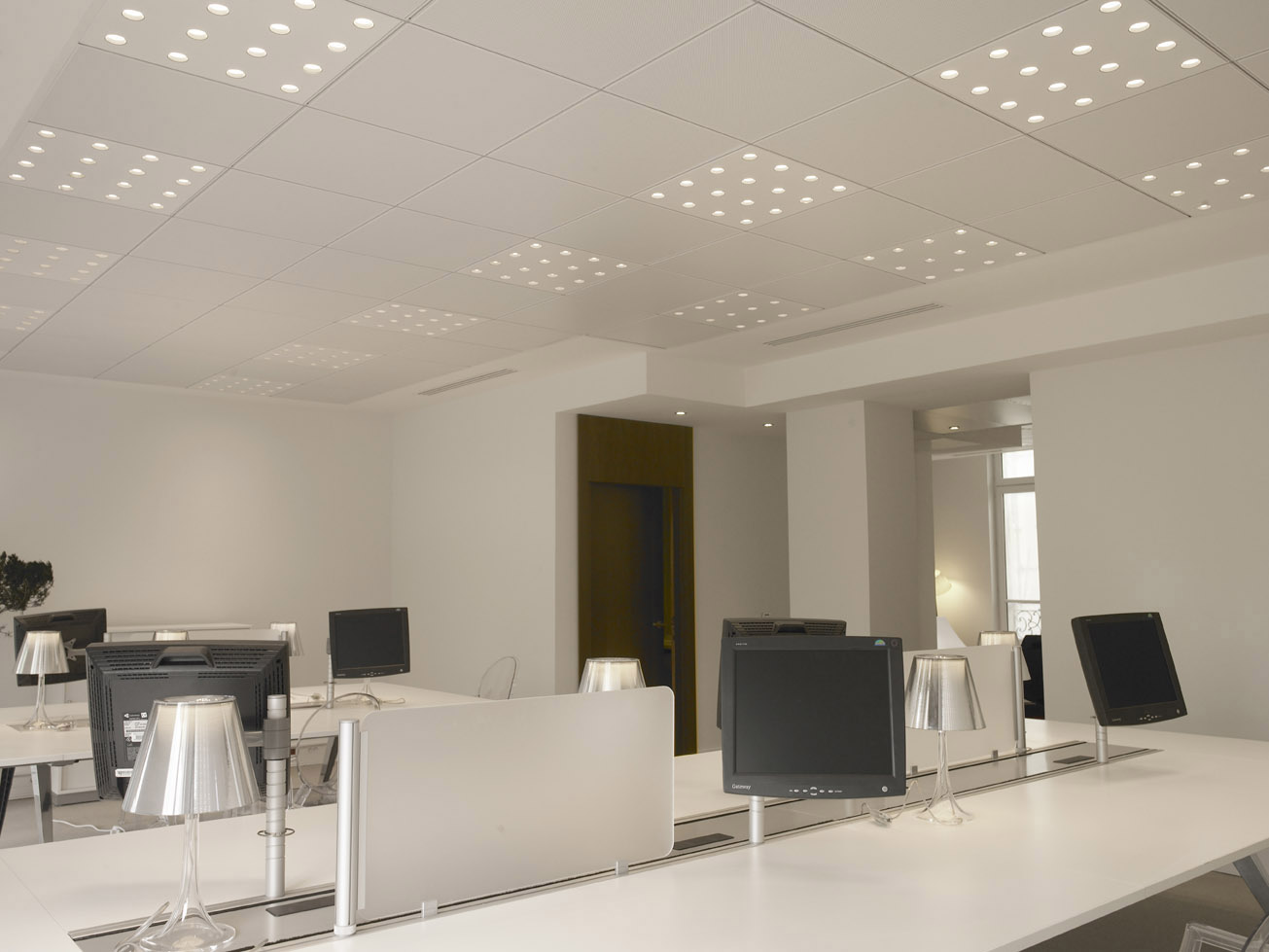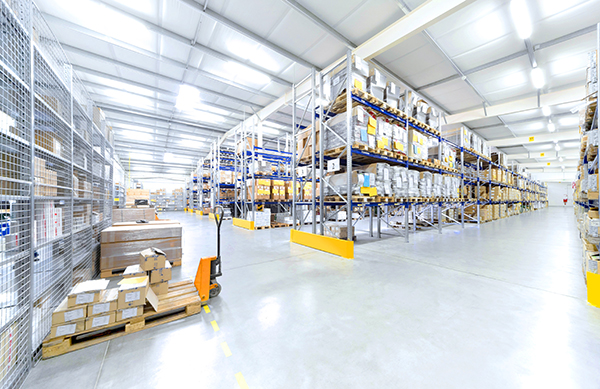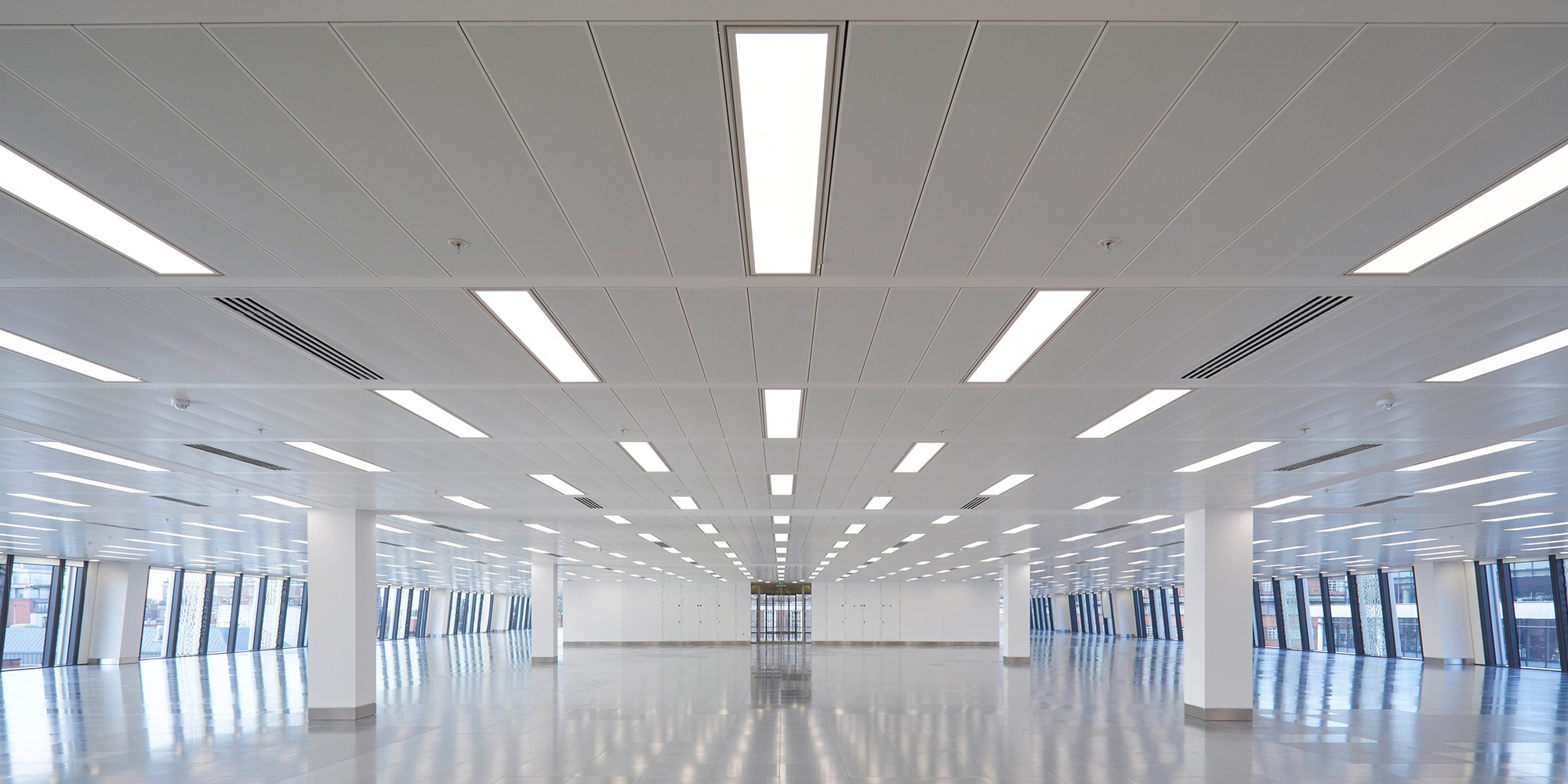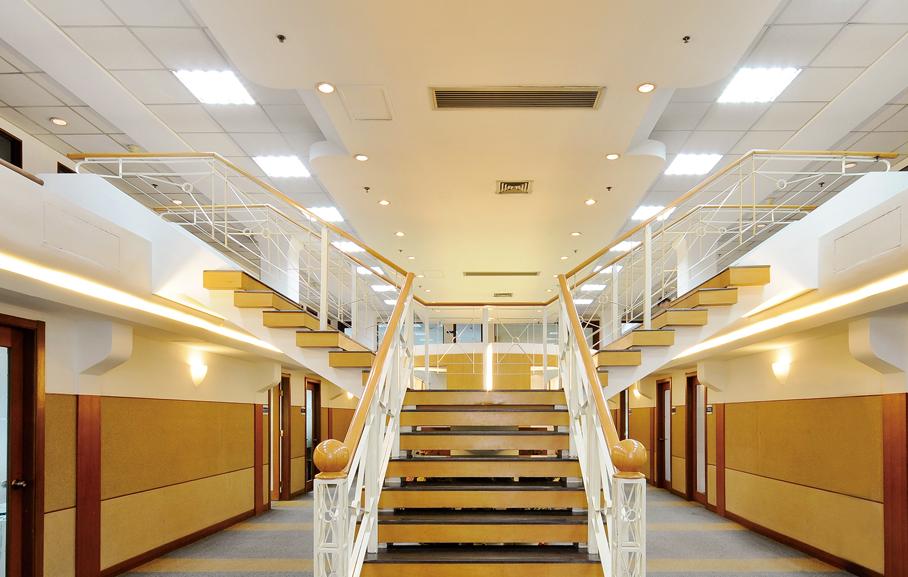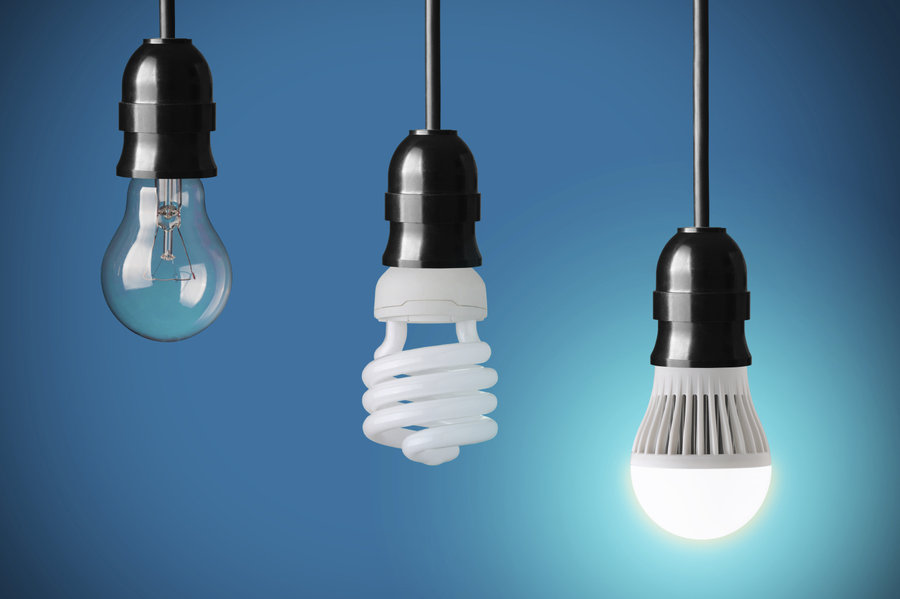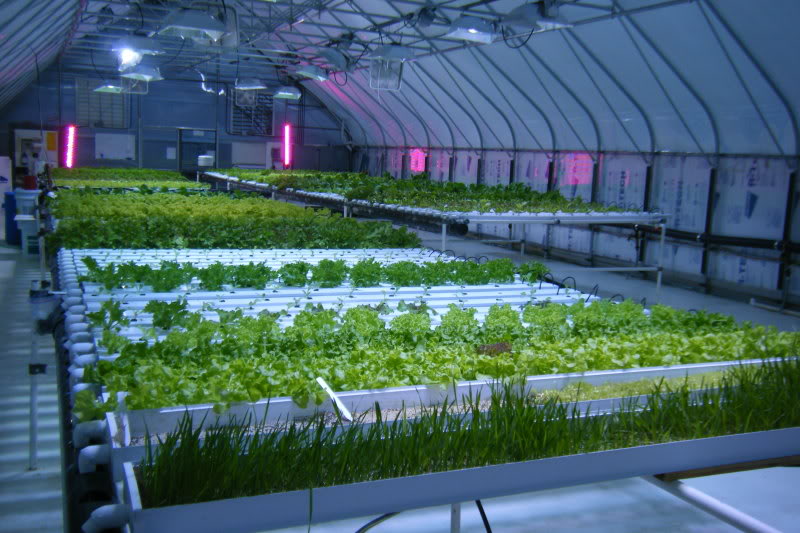A few years ago, “going green” was all the rage, if sometimes only in theory.
Businesses across the United States made a point to sell themselves on how eco-friendly they and their products were.
Sadly, though, many of these businesses only stated what became the status quo, and few of them actually practiced what they preached
These nefarious actions made those legitimate among us look bad in the eyes of consumers. But with so many advantages and benefits to being green, it’s simply inexcusable not to try.
What’s more, utility rebates and incentives provided by the US Energy Department make going green easy, even for those who never fully followed through with their actions previously.
Because, really, all that a business has to do for more information regarding rebates, is to frequent energy.gov/savings and click on their state from the drop down menu.
For example, the results for Arizona are vast and encompass a range of commercial energy saving opportunities.
In order to find qualifications and further information, all one has to do is filter by eligibility and savings. From there, they can research ways to be more eco-friendly while saving money at the same time.
Take solar energy, for example. Over the last 10 years, California has single-handedly turned a means to conserve into a way to save.
Further, global leaders in business have lent a helping hand in legitimizing green energy.
Wal-Mart, as was reported by Forbes recently, has become a green global giant, even if their business practices are perceived as a little less than savory at times.
From the article:
Wal-Mart has installed 105 megawatts of solar panels–enough to power about 20,000 houses–on the roofs of 327 stores and distribution centers (about 6% of all their locations). That’s enough to make Wal-Mart the single biggest commercial solar generator in the country. And it intends to double its number of arrays by 2020.
Wal-Mart, among many other business leaders in the US, is changing green energy.
So while 2017 is a transition year for “going green,” businesses nationwide can still bask in the imminent glow of changing the world and consuming less. Because, in the end, earning the savings is as easy as visiting a website.
